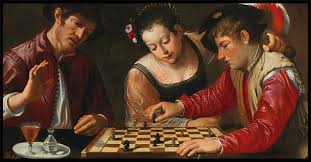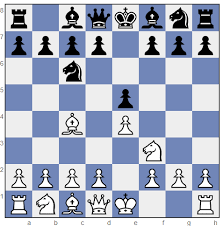
The Italian Opening is one of the most popular and oldest openings in chess, dating back to the 15th century. It has been employed by both amateur enthusiasts and grandmasters, proving its versatility and enduring relevance. In this blog, we’ll dive deep into the Italian Opening, its key principles, common variations, and strategic ideas, making it an invaluable resource for players looking to elevate their chess game.
What is the Italian Opening?
The Italian Opening begins with the moves:
- e4 e5
- Nf3 Nc6
- Bc4
This opening aims to quickly develop the pieces, control the center, and prepare for early king safety. The Italian bishop on c4 eyes the f7 square, one of Black’s weakest points early in the game.
The Italian Opening is known for its straightforward goals, making it an excellent choice for beginners. However, its rich tactical and strategic possibilities make it a favorite even among advanced players.
Key Principles of the Italian Opening
- Rapid Development
The Italian Opening focuses on developing pieces to active squares as quickly as possible. The knight on f3 attacks the e5 pawn, while the bishop on c4 exerts pressure on Black’s king-side. - Central Control
The move e4 establishes a strong pawn presence in the center. Combined with the knight and bishop, White ensures central dominance early in the game. - King Safety
The Italian Opening facilitates early castling, ensuring the king is safely tucked away, while also connecting the rooks for future activity.
Common Variations in the Italian Opening
1. The Giuoco Piano (“Quiet Game”)
After 3…Bc5, Black develops their bishop to mirror White’s strategy. This variation focuses on slow, strategic maneuvering rather than immediate tactical fireworks.
Example continuation:
4. c3 preparing d4, aiming to control the center.
The Giuoco Piano leads to a balanced game with opportunities for both sides to develop plans.

2. The Evans Gambit
An aggressive choice for White, introduced with 4. b4, sacrificing a pawn to open lines and gain rapid development.
Example continuation:
4…Bxb4
5. c3 Ba5
6. d4
The Evans Gambit leads to dynamic positions where White seeks to exploit Black’s weaknesses with tactical blows.
3. The Two Knights Defense
Black responds with 3…Nf6, attacking the e4 pawn and inviting White into sharp positions.
Example continuation:
4. Ng5 targeting the f7 pawn directly.
This leads to complex positions requiring precise calculation from both sides.
4. The Modern Italian (a.k.a. “Italian Game with d3”)
White opts for 4. d3, a more modern and positional approach, avoiding early tactical skirmishes while solidifying the center.


